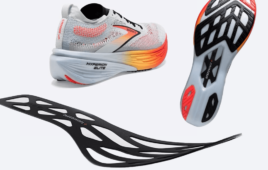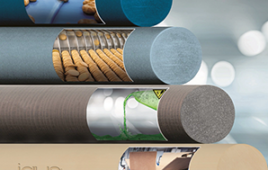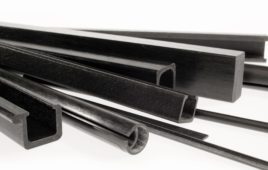Today’s supercapacitors, energy storage devices capable of quickly delivering a large charge, feature carbon-derived components — the production of which requires harsh chemicals and large amounts of energy.
Recently, scientists at MIT built a supercapacitor without carbon. In place of carbon, scientists deployed metal-organic frameworks, or MOFs.
“We’ve found an entirely new class of materials for supercapacitors,” Mircea Dincă, an MIT associate professor of chemistry, told MIT News.
MOFs are porous, sponge-like materials with a lot of surface area — an important quality for supercapacitor materials. Unfortunately, MOFs aren’t all that conductive, another important quality.
“One of our long-term goals was to make these materials electrically conductive,” Dincă said.
It’s a goal some scientists thought was impossible.
Though MOFs don’t conduct electricity very well, they do conduct ions, positively charged atoms and molecules. Ion conductivity is a key component of high-functioning electrode. The quality gave researchers hope that an MOF could be used in supercapacitors.
Through trial and error, researchers were able to develop an electrically conductive MOF using nickel.
When researchers made a supercapacitor using the novel material, they matched the performance of today’s best carbon-based supercapacitors. In some respects — like its ability to withstand many charge-discharge cycles — it outperformed commercial supercapacitors.
Though the production of MOFs currently requires the use of rather expensive materials, the production process involves fewer toxic chemicals.
Researchers hope their findings — detailed in the journal Nature Materials — are just the beginning. The MOF used by Dincă and his research partners boasts one of the smaller surface areas of the class. New and improved MOFs could offer even greater capacity.
Filed Under: Capacitors, Materials • advanced




